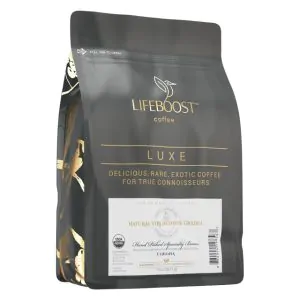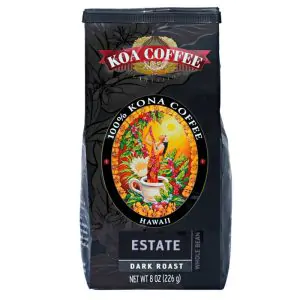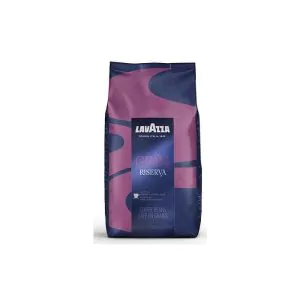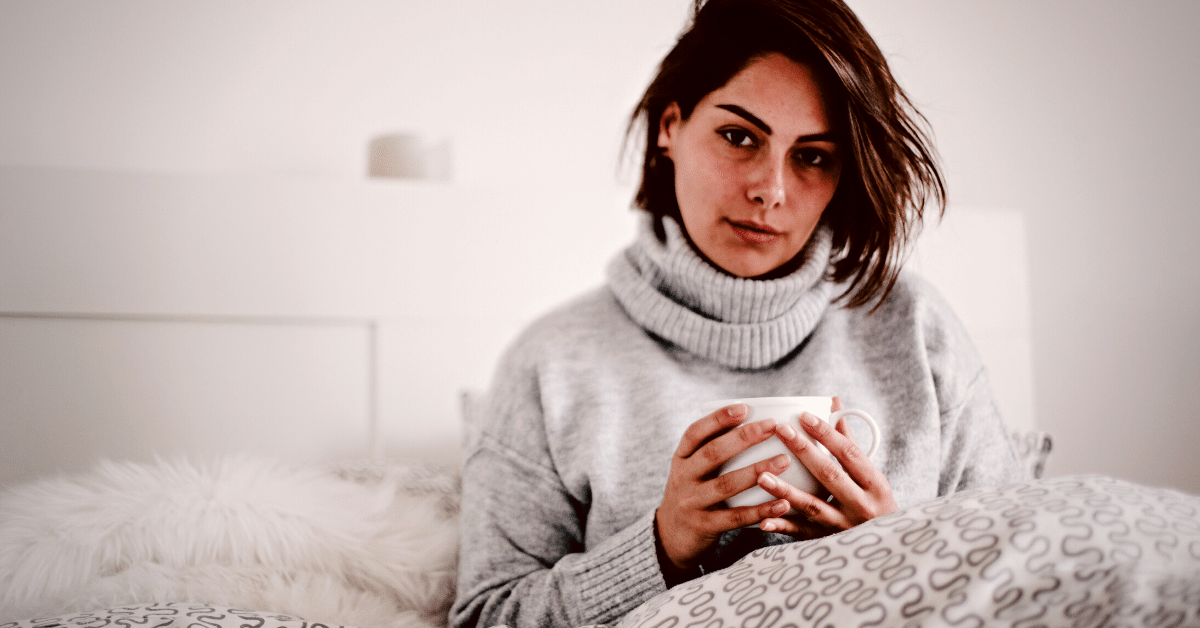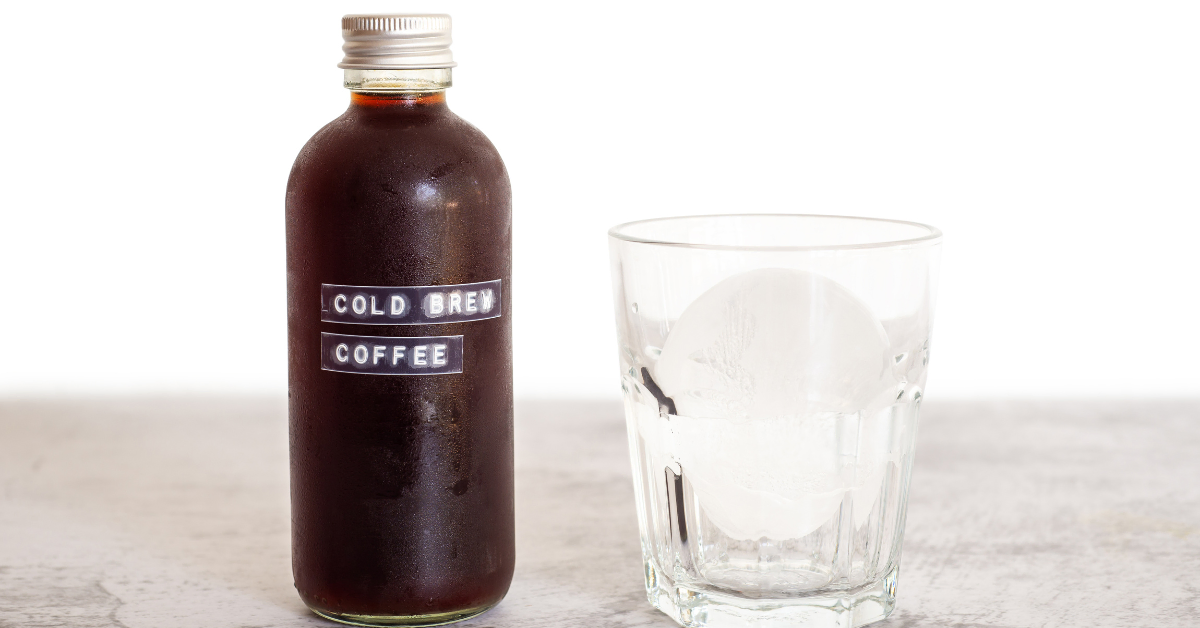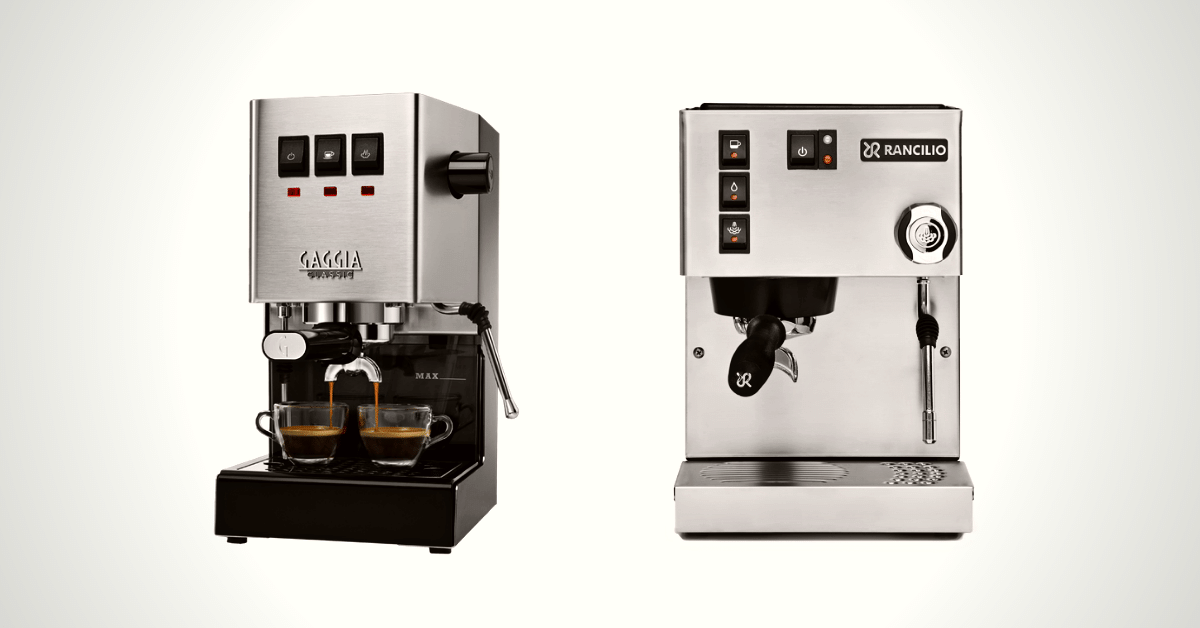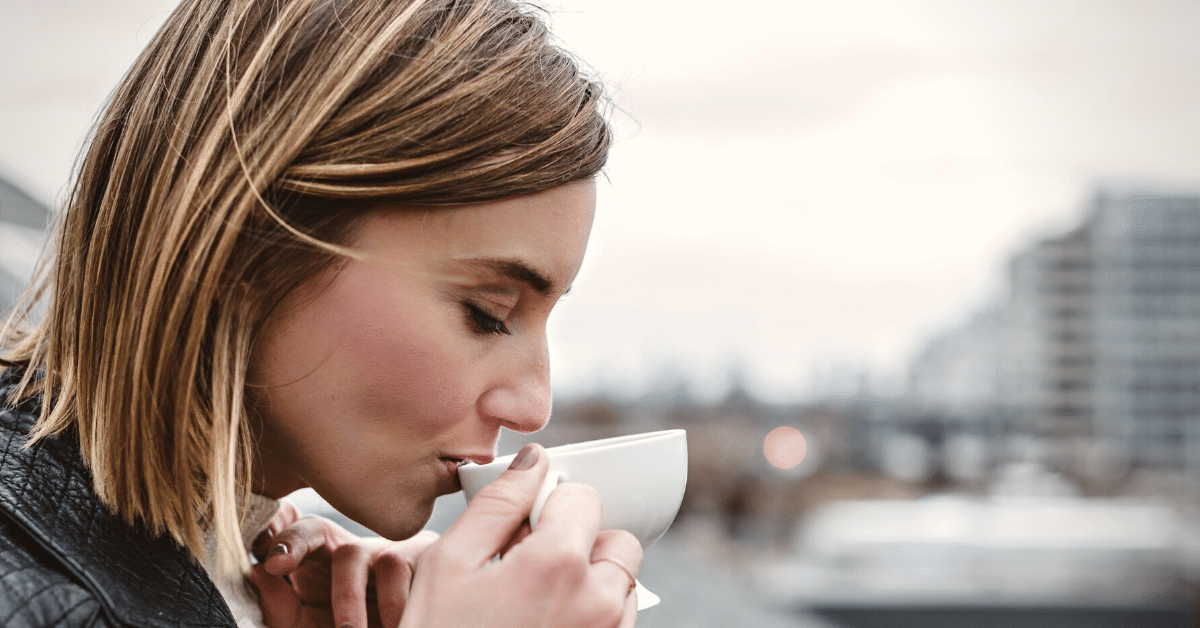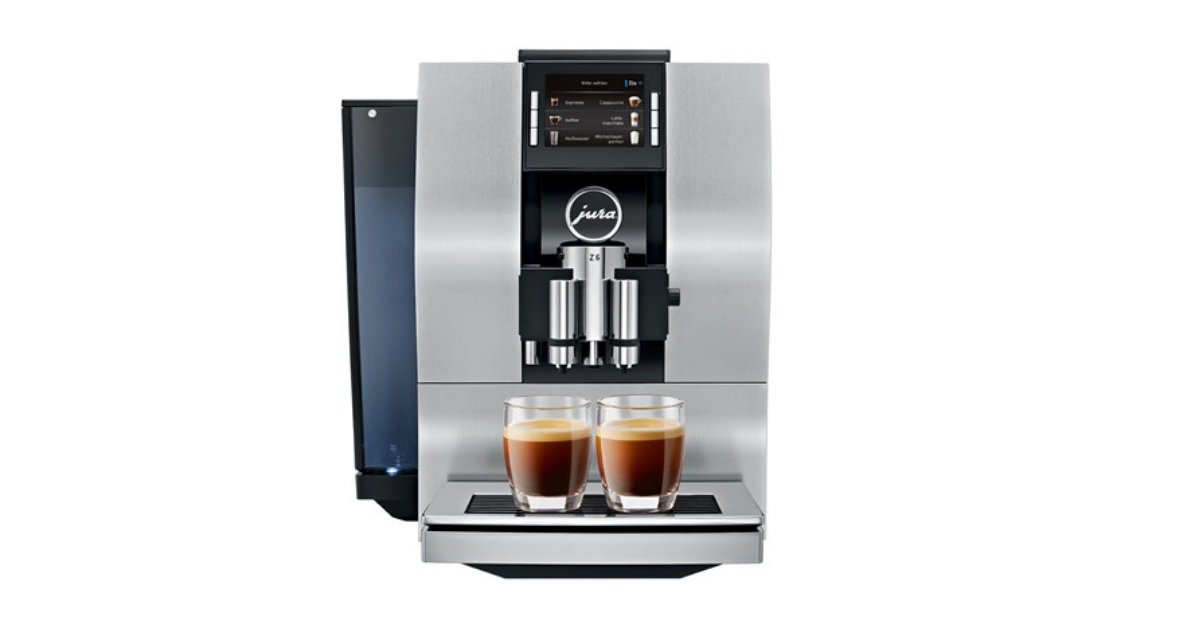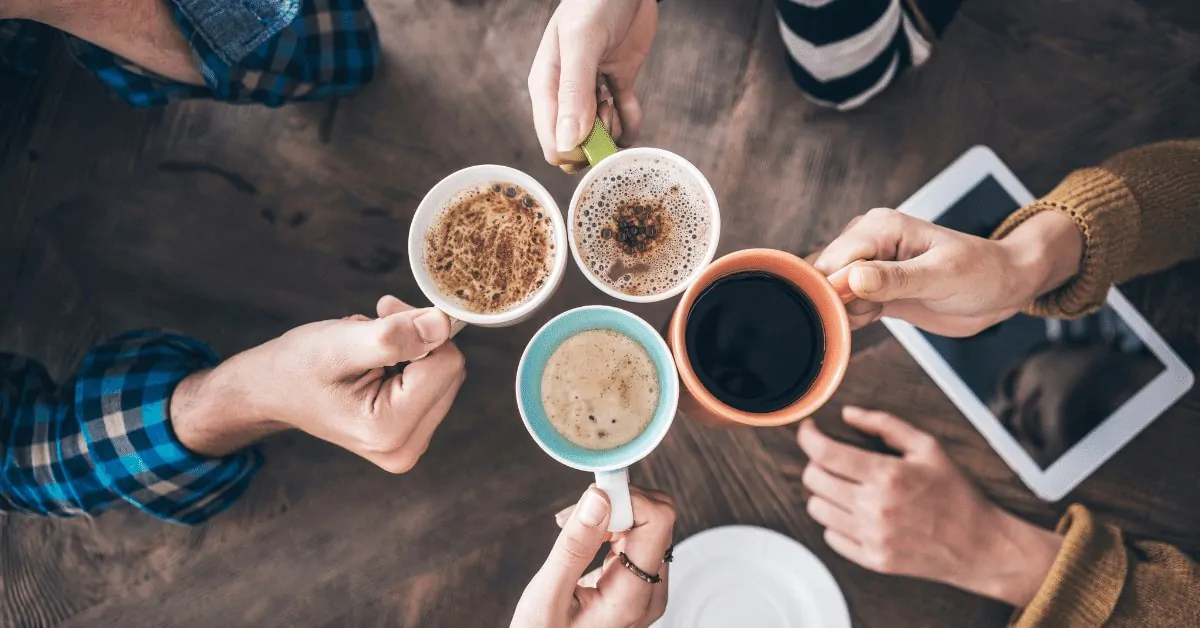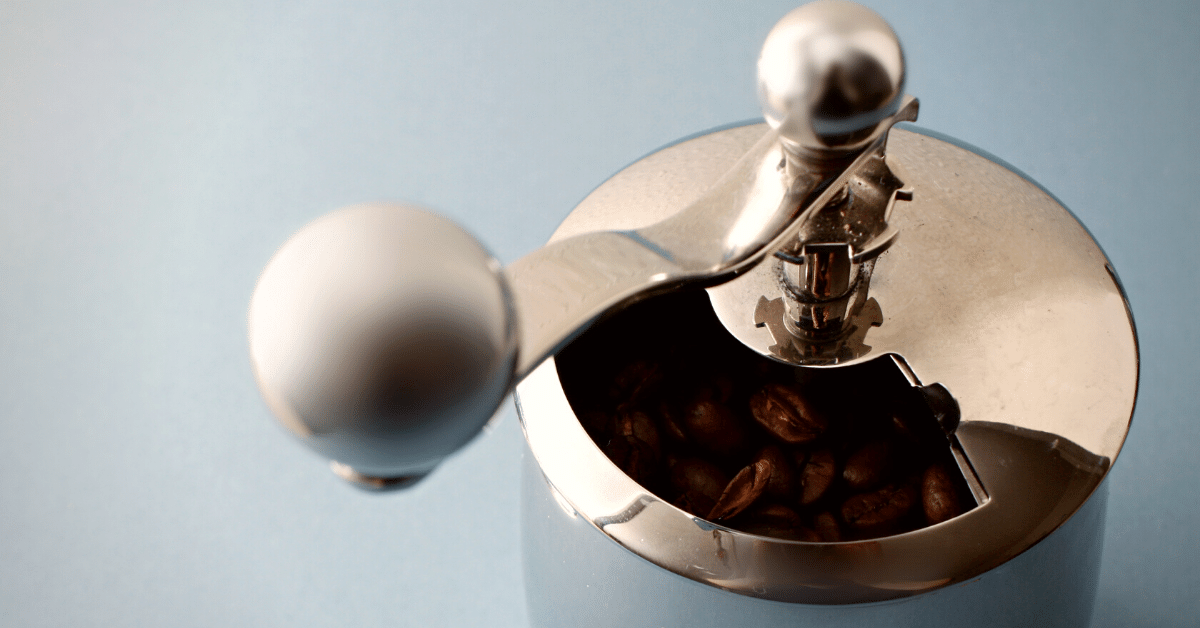Want to find the best coffee for latte? Check out our top picks of coffee brands that produce the best beans for this espresso drink.
In a hurry? Our top choice is the Lifeboost Ethiopian Yirgacheffe!
Good espresso coffee is one thing, but finding coffee that’s great for lattes is another.
Not all coffees that make good espresso make good lattes.
I spent a long time as a barista mixing frothed milk and espresso. Let me help you find the best coffee for latte.
I’ve picked out a few of my all-time favorites and put them on a convenient list for you.
And I even included a quick buying guide to help you make a decision.
Let’s begin!
Best Coffee For Lattes: Top 7 Picks
- Lifeboost Ethiopian Yirgacheffe Limited Collection (Best Overall)
- Estate Dark Roast Whole Bean 100% Kona Coffee (Best Hawaiian Coffee)
- Lifeboost Bourbon Barrel Whole Bean Coffee (Best Flavored Coffee)
- Volcanica Sumatra Mandheling Coffee (Best Medium Roast)
- Lavazza Gran Riserva Whole Bean Coffee (Best Italian-style espresso)
- Lifeboost Midnight Roast (Best Dark Roast)
- Volcanica Brazil Decaf Coffee – Bracosta Estate (Best Decaf Coffee)
Lifeboost Ethiopian Yirgacheffe Limited Collection
Look, when I think of espresso, I think of naturally processed Ethiopian coffees.
And this Lifeboost Ethiopian Yirgacheffe is exactly what I think of.
The natural process keeps this espresso deep and rounded. That’s perfect for making a latte because the silky smooth milk helps coat your mouth with the whole flavor profile.
And the fact that this coffee is a single origin is a huge bonus. Single-origin coffees mean you get a crisp and clear flavor that’s unique to the region and farm.
It has notes of florals, strawberries, and peaches. It’s a great combination of flavors for a smooth, sweet, and pleasant summer latte.
And the medium roast keeps everything balanced. It’s smooth and delicious without tasting burnt or bitter. I prefer lighter roasts for lattes, as more of the unique coffee flavors come through.
The only downside is that this is an expensive coffee. It’s pretty rare and very tasty, so it’s best saved for a special occasion.
Pros
- It has a deep and rounded flavor profile, which is excellent for mixing with silky steamed milk in a latte
- The single-origin coffee means you get a crisp and clear espresso profile
- Notes of florals, strawberries, and peaches make this a great latte espresso
- The medium roast keeps your latte smooth and delicious without tasting burnt or bitter
Cons
- This is expensive, so it’s best saved for a special occasion
Estate Dark Roast Whole Bean 100% Kona Coffee
Hawaiian coffee has long been considered some of the best coffee in the world.
The quality of this coffee is virtually unmatched. You can be certain that you’re getting a great coffee with every bag that you buy.
This Estate Dark Roast has the benefit of being from a single farm instead of a blend. That means you get a specific and unique Kona coffee flavor profile.
A lot of times, coffee can taste good on its own but be drowned out when combined with milk. Not this coffee.
The richness is great for combining with frothed milk.
Milk balances out the bitterness of the espresso, and the dark roast of the espresso balances out the creaminess.
The only issue is that this coffee comes in whole-bean bags. So you’ll need a good espresso grinder to get the best results at home.
Pros
- Kona coffee is some of the best in the world, so you’re getting quality coffee in every bag
- It’s a single-estate coffee, which means you get the benefit of a crisp and clear profile that you wouldn’t get in a blend
- The deep and rich flavor profile shines in a latte where the coffee mixes with frothed milk to create a balanced experience
- The dark roast helps keep the latte balanced without being too milky or too bitter from the coffee
Cons
- It comes as the whole bean, so you’ll need a good grinder to get the best results when pulling this as espresso for lattes
Lifeboost Bourbon Barrel Whole Bean Coffee
Every specialty food or drink industry tries to innovate in some way. One of the ways that coffee has innovated is by letting green beans age in liquor barrels.
Bourbon barrels have been one of the most popular in recent years. And this Lifeboost barrel-aged specialty coffee is another winner in the lineup.
The bourbon barrel flavor is strong enough to add depth and intrigue to the espresso without overpowering the latte.
And it’s 100% Arabica coffee. Arabica coffee is always tastier than any Arabica/Robusta blend.
Lifeboost uses only beans from Nicaragua, which means you get a crisp and clear single-origin flavor profile. It’s easily better than any blended barrel-aged coffee you can find.
Plus, the medium roast keeps everything balanced. It allows the bourbon flavor to come through without losing the coffee flavor.
The bourbon flavor does mean you lose some of the unique single-origin notes. It’s certainly a trade-off.
Pros
- The bourbon barrel flavor is enough to add some depth to the espresso and latte without overpowering or tasting too much like bourbon
- It’s 100% Arabica coffee, which is of much higher quality than any Arabica/Robusta blend
- It’s a single-origin coffee, so you get a crisp and clear flavor profile that you wouldn’t get in a blended coffee
- The medium roast keeps everything balanced and allows the bourbon flavor to come through
Cons
- You do lose some of the unique single-origin flavors because of the undertones of the bourbon barrel flavor
Volcanica Sumatra Mandheling Coffee
Sumatran coffees are known for being strong and intense. And this Volcanica Mandheling coffee doesn’t differ.
It’s got a rich and heavy body that creates an intense and syrupy aftertaste that matches really well with the frothed milk in a latte.
Washed process coffees tend to have lighter and crisper flavor profiles. That matches up nicely when mixed in with the creamy taste and texture of frothed milk.
The notes of toffee, lemongrass, and dried fruit make for an earthy and grounded flavor in the espresso.
Finally, the medium roast is perfect for pulling espresso shots that are both smooth and rich enough for quality lattes.
The only thing to note is that the intensity of this coffee isn’t for everyone. Despite the medium roast, it still has a strong coffee taste that comes through in lattes.
Pros
- The rich and heavy body of this coffee creates an intense and syrupy aftertaste that matches really nicely with frothed milk in a latte
- Notes of toffee, lemongrass, and dried fruit make for an earthy and grounded flavor in your lattes
- The washed process keeps this coffee crisp and clean in your cup
- The medium roast is perfect for pulling smooth and rich espresso
Cons
- The intensity of this coffee isn’t for everyone because it has a strong coffee taste when put in lattes
Lavazza Gran Riserva Whole Bean Coffee
Lavazza is an Italian-style coffee roaster that’s been one of the best for a long time. And I trust them with a lot of coffee.
The Gran Riserva is a coffee I recommend for many things. But maybe the biggest recommendation I give Gran Riserva is to use it in lattes.
The 100% Arabica blend means it’s tastier than any Arabica/Robusta blend. Especially in lattes.
This specific blend has Brazilian, Central American, and Indian coffees. That gives you a balanced yet coffee-forward espresso drink. However, a blend also means you lose some of the unique notes you would get with a single-origin coffee.
The dark roast can make this pretty intense. But that’s great if you want a deep and coffee-first latte.
Gran Riserva is the best option if you’re looking for a coffee-forward latte rather than a perfectly balanced and creamy latte.
Pros
- Gran Riserva is a 100% Arabica blend, which is tastier and better than any Arabica/Robusta blend
- The blend has Brazilian, Central American, and Indian coffees, which is balanced and perfect for lattes
- The dark roast makes this a really intense espresso shot, which is great if you want a deep and coffee-first latte
- It’s a classic Italian blend, which means that it was intended to be used in drinks with frothed milk, like lattes
Cons
- It’s a blended dark roast coffee, which takes away some of the unique notes you’d otherwise get from single-origin
Lifeboost Midnight Roast
I sometimes like dark roast coffees a lot for making espressos and lattes. The darker roasts sometimes mellow out the lattes and make them a little richer than using a medium or light roast.
This Lifeboost Midnight Roast is a great example of perfect dark roast espresso beans. It’s coffee-forward when added to a latte and stays intense and rich.
Plus, it’s a 100% Arabica blend. That means it has a smoother and less bitter taste than any Arabica/Robusta blend.
The other thing I like about Lifeboost Midnight Roast is that it’s single-origin. That means you get a specific and unique profile. However, because it’s a dark roast, you do lose some of those unique flavors.
What I love the most about Lifeboost Midnight roast is that it’s available as both whole bean and ground coffee. That makes it a great choice for those who don’t have an espresso machine with a grinder built-in.
Pros
- The dark roast keeps the espresso intense and rich, perfect for adding frothed milk
- It’s a 100% Arabica coffee, which means it will have a smoother and less bitter taste than an Arabica/Robusta coffee bean blend
- This coffee has Fair Trade and Rainforest Alliance certificates, so you can be sure it was held to a high processing and packaging standard
- It’s a single-origin, which means you get the benefit of a crisp and unique flavor profile
Cons
- The dark roast does take away some of the more unique flavors you would otherwise find in a single-origin coffee
Volcanica Brazil Decaf Coffee – Bracosta Estate
Single-origin decaf coffees are hard to come by.
But this Volcanica Brazil Decaf is one such coffee.
It went through the Swiss Water process. That means that it was decaffeinated with only water instead of with chemicals. The end result is that you don’t get any chemical aftertaste in your coffee.
Plus, the single-origin aspect of this coffee means you get a crisp and clean profile that’s unique to the region and the farm.
Notes of clean and sweet chocolate make this a unique decaf that works really well in lattes. Chocolate notes in a decaf are relatively rare since decaffeination usually takes away all the flavor.
The Brazilian beans have a nuttier and more chocolatey taste than many other South American coffees. That is great for trying a new decaf flavor profile.
The only downside is that the Swiss Water process isn’t perfect. You will still lose some of the unique single-origin flavors.
Pros
- The Swiss Water decaf ensures that your decaf coffee still tastes great and doesn’t taste like chemicals
- It’s a single-origin and single-estate decaf, which is pretty rare to find and works really well for pulling espresso shots for lattes
- Notes of clean and sweet chocolate make this a unique decaf that works really well in lattes
- The Brazilian beans have a nuttier and more chocolatey taste, which is unique in decafs and perfect for lattes
Cons
- Even the Swiss Water process isn’t perfect, and through decaffeination, you will lose some unique single-origin flavor
How To Buy Coffee For Lattes
In this section, let’s go over everything I look at when thinking about buying coffee specifically for making lattes.
I think about the roast, origin, and type of bean most commonly. Let’s look a little closer at those aspects of coffee buying.
What type of roast is best?
The roast is maybe the most important part of buying a coffee for lattes.
As a general rule, the lighter the roast, the more unique flavors will come through and combine with the steamed milk.
You’ll end up with a mellow and creamy latte that has sweeter notes.
Go with a darker roast, and you’ll find a more European-style latte. One that has darker notes and is more coffee-forward.
So it all comes down to what kind of latte you prefer.
BOTTOM LINE
Lighter roasts will be sweeter and more mellow. Darker roast is for coffee drinkers who like their lattes to be more coffee-forward.
What origin is best for lattes?
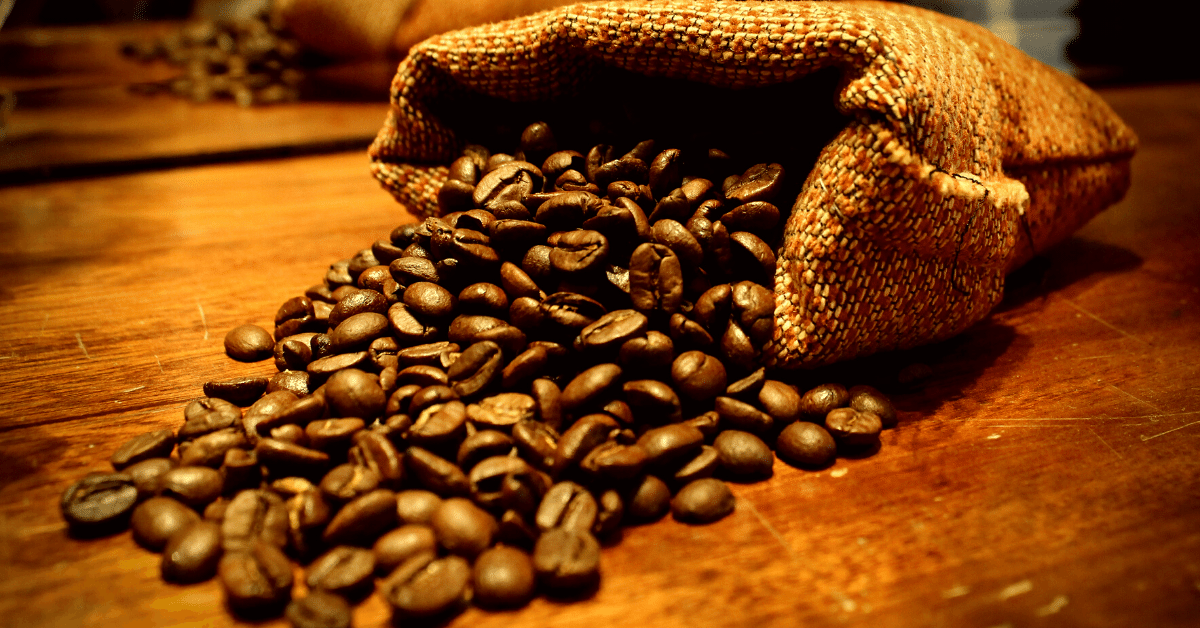
This is mostly up to personal taste. After all, each region and country has its own flavor profile.
Personally, I like coffee from Latin America. It tends to have richer chocolate notes along with mellow citrus.
But some people really enjoy African coffees for their more acidic, lemony flavors.
The same is true when talking about coffee origins in lattes.
The more acidic, the more you’ll taste the coffee in a latte. The less acidic, the more balanced a latte will be.
BOTTOM LINE
Coffee origins are up to personal taste. It’s best to try a few different origins to see what you like in your lattes.
What type of bean is best?
If you value the quality of taste over the strength of your coffee, then go for Arabica beans.
If you’re looking for an extra kick in your coffee, then going with an Arabica/Robusta blend is fine.
The reality is that Arabica beans are on the whole tastier and of higher quality than Robusta beans.
BOTTOM LINE
Go with Arabica beans for most needs. And only buy an Arabica/Robusta blend if you’re looking for a bit more caffeine in your latte.
FAQ
Let’s answer a few last-minute questions you might still have about lattes.
What coffee does Starbucks use for a latte?
Starbucks coffee shop uses its Espresso Roast for lattes.
It’s a dark roast espresso bean. But you can also choose to get Blonde Espresso in your latte instead of regular coffee.
What kind of milk is best in lattes?
Whole milk makes the best milk foam for lattes.
The protein, fat, and sugar contents make it the tastiest and easiest for baristas to work with and make some creative latte art.
If you can’t do dairy milk, there are a ton of alternatives that work great for lattes. Oat milk is my personal favorite non-dairy milk.
Is latte always with espresso?
Yes. Any latte ordered anywhere in the world will come standard with espresso.
However, some drinks, like a Chai Latte or Matcha Latte, don’t necessarily have espresso.
My Final Verdict
Lifeboost Ethiopian Yirgacheffe is the best coffee bean for lattes.
It has a deep and rounded flavor that is excellent for mixing with frothed milk in a latte.
And the single-origin notes of florals, strawberries, and peaches make it a great summer coffee drink.
It has a crisp and clean flavor.
The bottom line is that it’s almost unbeatable as an espresso for lattes.


